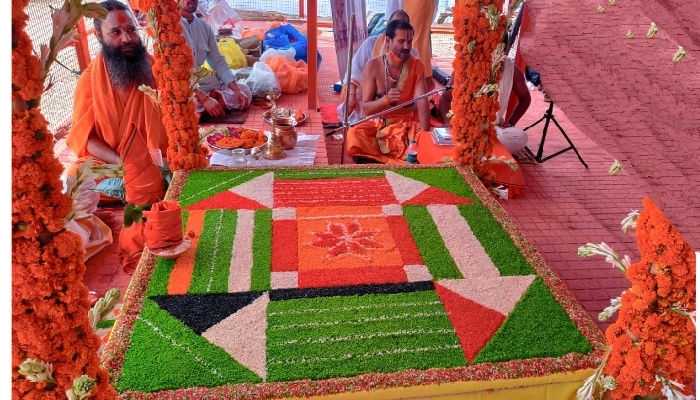New Delhi, Aug 30: Almost all cars except small hatchbacks will soon cost more in India as the Union government cleared on Wednesday an ordinance to hike the cess on vehicles from 15 to 25%.
The hike will apply to mid-size cars, premium hatchbacks, SUVs and luxury cars, which became cheaper under the new Goods and Services Tax system that was implemented on July 1.
Cess is an additional levy on cars that fall in the GST’s top tax bracket of 28%. The cess earlier ranged from 1-15%, with cheaper and less polluting cars such as small hatchbacks with frugal petrol engines attracting lower levy.
The date for implementing the hike in the upper limit of the cess from 15% to 25% will be decided by the GST Council when it meets in Hyderabad on September 9, sources said.
The upper limit rate is applied to cars such as Toyota Fortuner (an SUV), sedans from BMW, Audi and Mercedes, and mid-size sedans such as the Honda City.
Cars smaller than 4 metres attract 1% cess if they have a petrol engine with a capacity of up to 1,200cc; or 3% if they run on a diesel engine smaller than 1,500cc. The cess on these vehicles will remain unchanged.
And despite the hike in cess, mid-segment cars, large cars and SUVs will still be cheaper than what they cost before GST kicked in.
The total tax rate on these cars before GST was in the bracket of 52-54.72% to which 2.5% was added on account of central sales tax, octroi etc.
Against this, after GST, the total tax incidence came down to 43%.
Consequently, prices of SUVs, for instance, fell by Rs 1-3 lakh after GST was rolled out and some luxury cars saw as much as Rs 10 lakh shaved off their tags after GST rolled out.
It was this decrease that led the GST Council to decide on August 5 that the cess needs to be hiked.
The money collected from this cess is used by the central government to compensate states for any revenue loss under GST.
For raising the cess, the government will eventually need to amend the GST (Compensation to a State) Act, 2017. For now, it will do this through an ordinance, which will need to be cleared by the President.






Comments
Add new comment